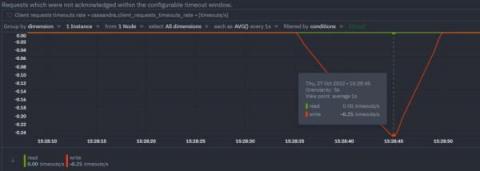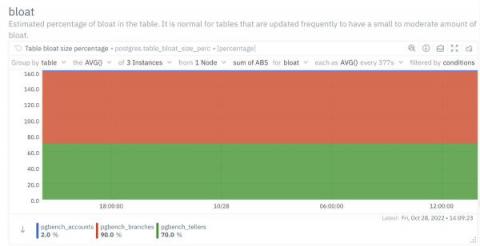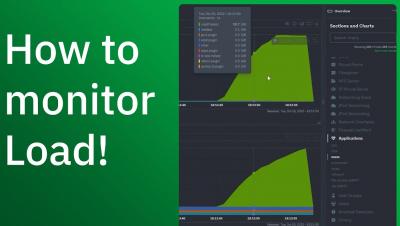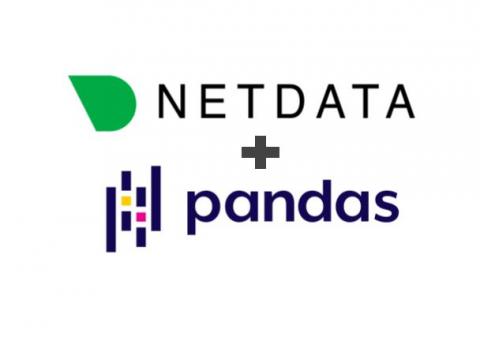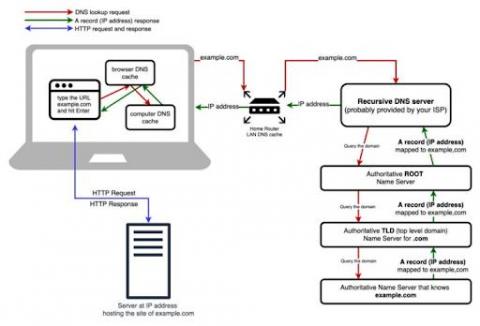Monitoring & troubleshooting Cassandra with Netdata
Netdata’s Cassandra collector documentation explains how to set it up to collect metrics automatically. Once you have followed the instructions in the docs and have installed and configured Netdata on the Cassandra cluster you are ready to start monitoring and troubleshooting.


